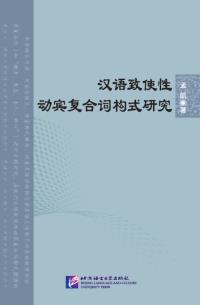Online Bookstore
A Study of the Construction of Chinese Causative VO Compounds
Author:Meng Kai
- Medium:Books
- ISBN: 9787561943564
- Page Count: 238
- Size:
- Pub Date:2016-11
- The book weight: 338 g
- Annotation Language:
- Course:Non-textbook
- Target Audience(Age):
- Target Audience(Language):
- Price:
-
Category: Academic Research














